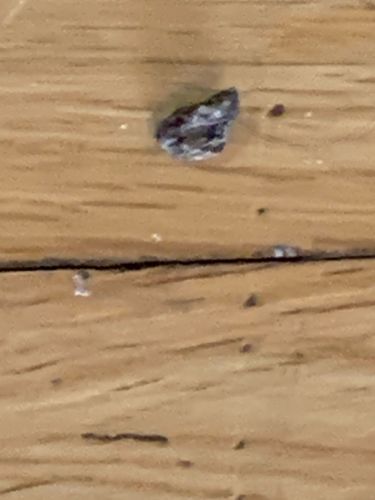Case-bearing Cloth Moth
Scientific Name: Tinea pellionella
Order & Family: Order: Lepidoptera, Family: Tineidae
Size: Adult moths typically have a wingspan of 9-16 mm (0.35-0.63 inches). Larvae range from a few millimeters up to about 10-12 mm (0.4-0.5 inches) when fully grown, with their case being slightly larger.

Natural Habitat
Case-bearing cloth moths are commonly found indoors, particularly in dark, undisturbed areas where natural fibers are stored. This includes closets, attics, storage chests, and behind furniture. They are often associated with carpets, rugs, upholstered furniture, clothing, and stored textiles made of animal products.
Diet & Feeding
The larvae of case-bearing cloth moths are detritivores, primarily feeding on natural fibers such as wool, silk, fur, feathers, and other animal products like lint, dust, and pet hair. They can also feed on blended fabrics if they contain some natural fibers. Adult moths do not feed.
Behavior Patterns
Case-bearing cloth moths are known for their larvae, which construct and carry a silken case, often camouflaged with bits of fiber, lint, or debris from their environment. The larvae remain inside this case, enlarging it as they grow, and only protrude their head and legs to move and feed. Adults are nocturnal, weak fliers, and are often attracted to lights. They do not feed and live only to reproduce.
Risks & Benefits
Potential risks include significant damage to natural fiber textiles, clothing, carpets, and upholstered furniture. They can destroy valuable items, leading to economic loss. From an ecological perspective, they are decomposers of natural fibers, but their indoor presence is primarily considered a pest. They pose no direct health risk to humans (e.g., bites or stings).
Identified on: 8/17/2025